
AeroGenie — ваш интеллектуальный второй пилот.
В тренде
Categories
Uzbekistan Airways Signs Lease Agreement with CALC

Uzbekistan Airways Advances Fleet Modernization with CALC Lease Agreement
China Aircraft Leasing Group (CALC) has formalized a lease agreement with Uzbekistan Airways for the delivery of two Airbus A321neo aircraft, scheduled for handover in 2026. These aircraft will be sourced directly from CALC’s Airbus orderbook and are intended to support Uzbekistan Airways’ ongoing efforts to modernize its fleet and expand its network.
Strengthening a Strategic Partnership
This agreement builds upon the partnership established between CALC and Uzbekistan Airways in 2023, underscoring a deepening collaboration and mutual confidence between the two companies. The deal aligns with Uzbekistan Airways’ broader strategy to enhance the sustainability and quality of its services, reflecting the global aviation industry’s shift toward newer, more fuel-efficient aircraft.
Winnie Liu, President and Chief Commercial Officer of CALC, expressed optimism about the continued partnership, emphasizing CALC’s commitment to providing tailored solutions that address the evolving fleet and growth requirements of its airline partners. Liu reaffirmed the company’s support for Uzbekistan Airways as it undertakes fleet modernization and operational scaling.
From the perspective of Uzbekistan Airways, the lease represents a strategic initiative to bolster its competitive position. Shukhrat Khudaykulov, Chairman of the Board at Uzbekistan Airways JSC, described the acquisition of the A321neo aircraft as more than mere fleet expansion. He characterized it as a significant step toward developing a modern, competitive, and passenger-centric aviation system, highlighting the anticipated improvements in passenger comfort and the expansion of the airline’s route network.
Operational and Market Considerations
Despite the positive outlook, the agreement introduces several challenges for Uzbekistan Airways. Integrating the new aircraft into existing operations will require meticulous management of operational processes, financial commitments, and regulatory compliance. The airline must ensure that the addition of the A321neo jets aligns with its long-term financial and strategic objectives.
Market analysts suggest that this move may attract scrutiny from competitors and stakeholders, particularly concerning the strategic advantages and financial implications of the lease. Rival carriers might respond by reevaluating their own fleet strategies or partnerships to maintain competitiveness within the evolving regional aviation landscape.
As Uzbekistan Airways progresses with its fleet modernization, industry observers will closely monitor the airline’s ability to navigate these operational and market challenges. The lease agreement with CALC marks a pivotal step in the carrier’s pursuit of a more modern and efficient fleet, positioning it for future growth amid a dynamic and competitive market environment.

Emirates Orders Eight Airbus A350-900 Aircraft

Delta Air Lines Adopts Touchless ID and Biometric Technology Following Other Major US Airlines
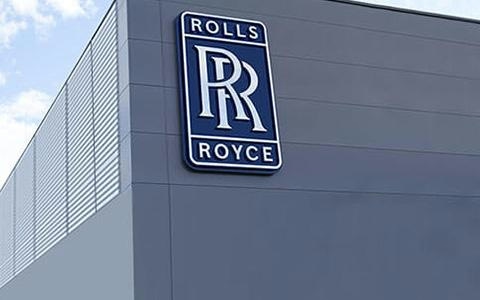
Air Europa Plans A350 Fleet Expansion Powered by Rolls-Royce Engines
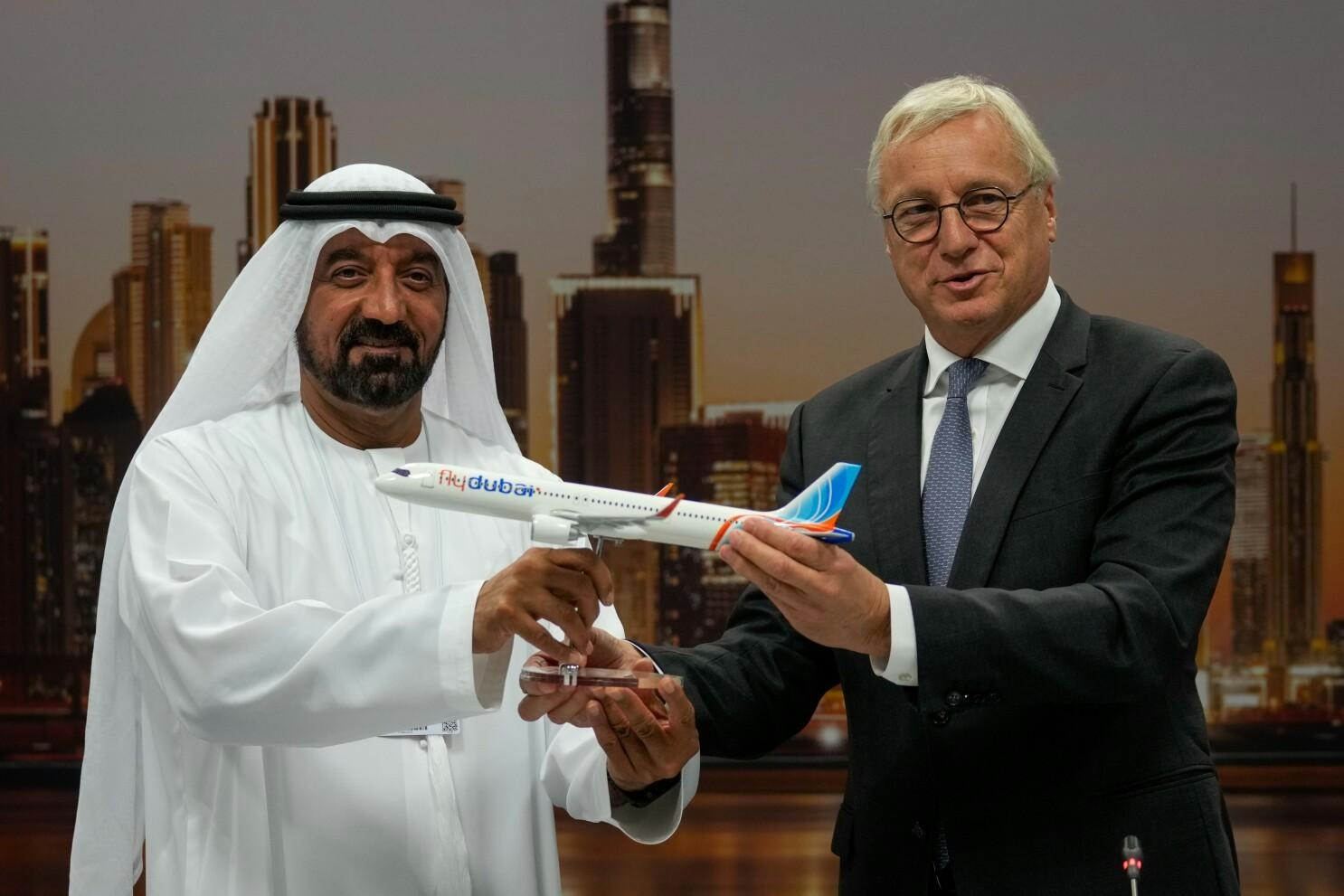
Flydubai CEO Cites Range and Size in Airbus Jet Order
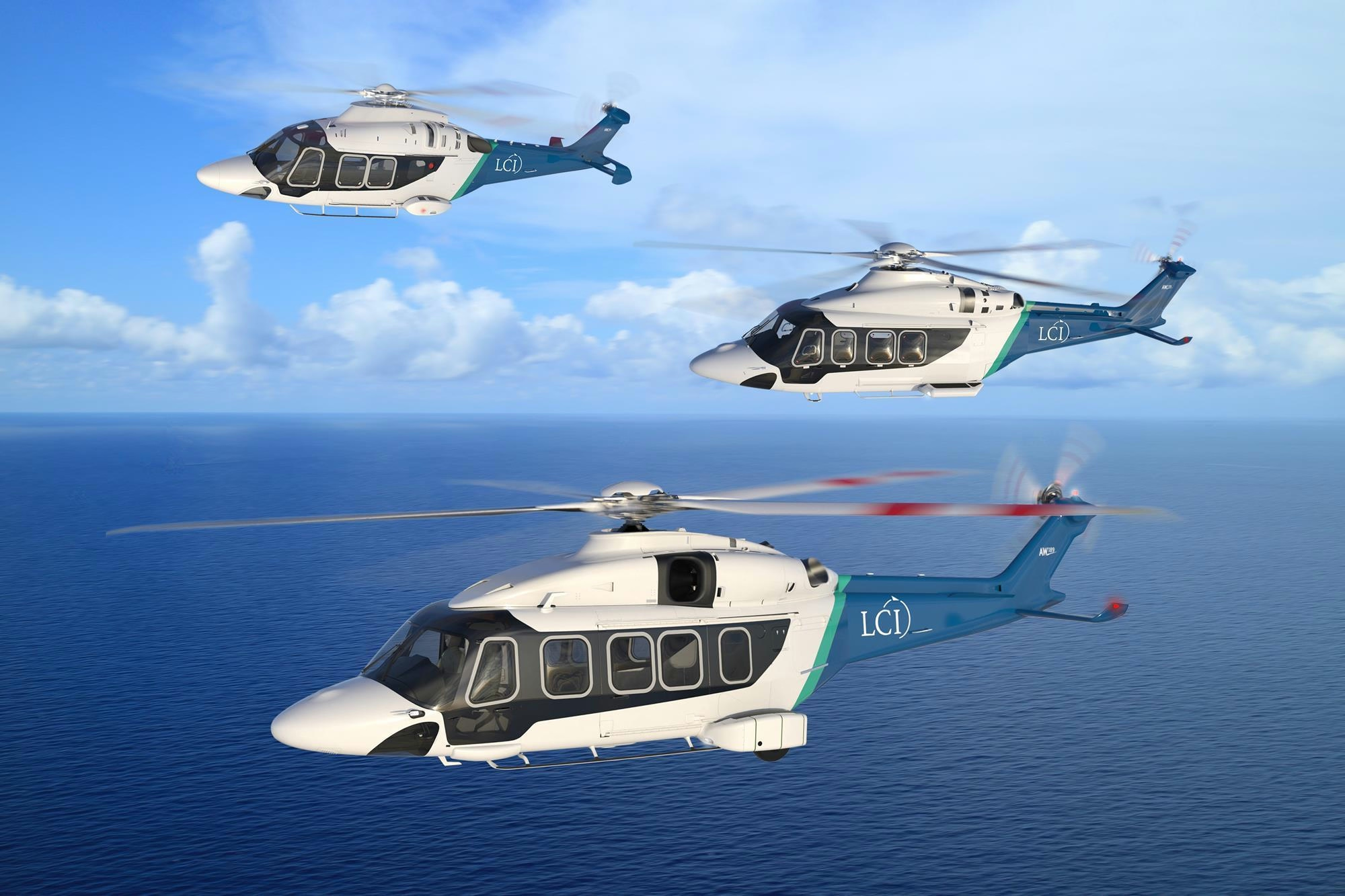
Helicopter Alliance Signs Deal for 12 Aircraft with New Leasing Company
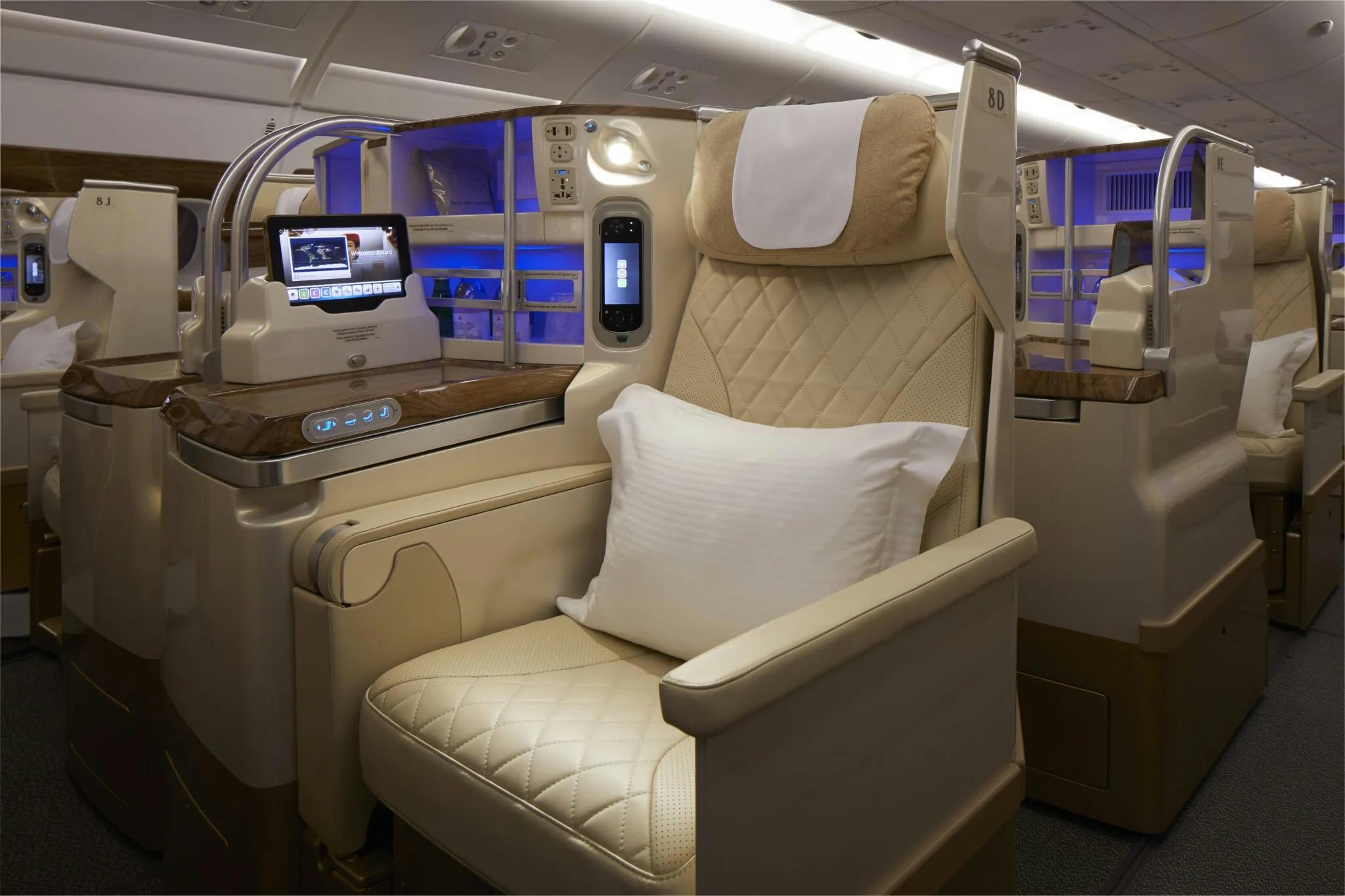
Emirates and Safran to Open Aircraft Seat Facility in Dubai
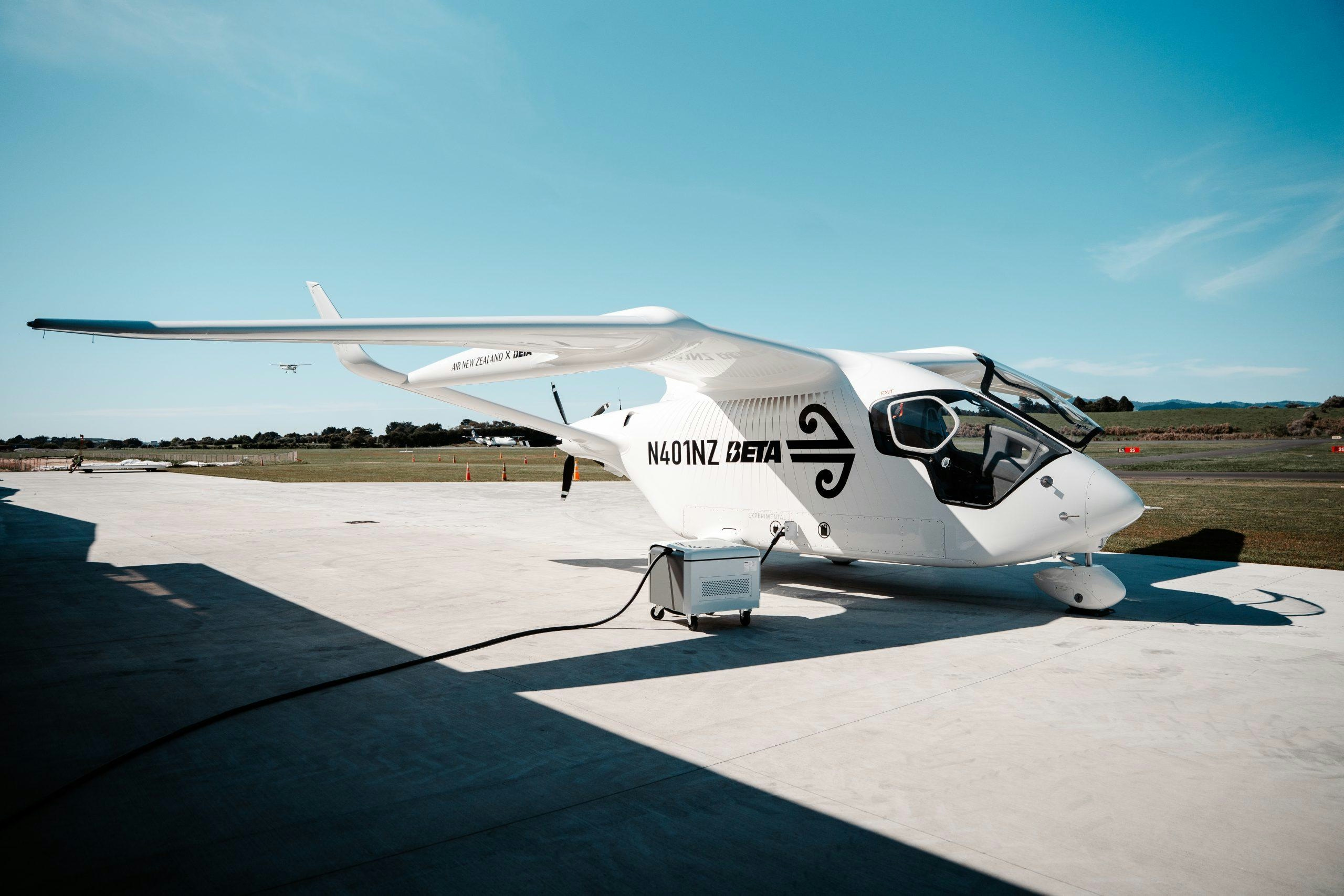
Abu Dhabi Airports Chooses BETA Technologies for Emirate’s First Air Mobility Network
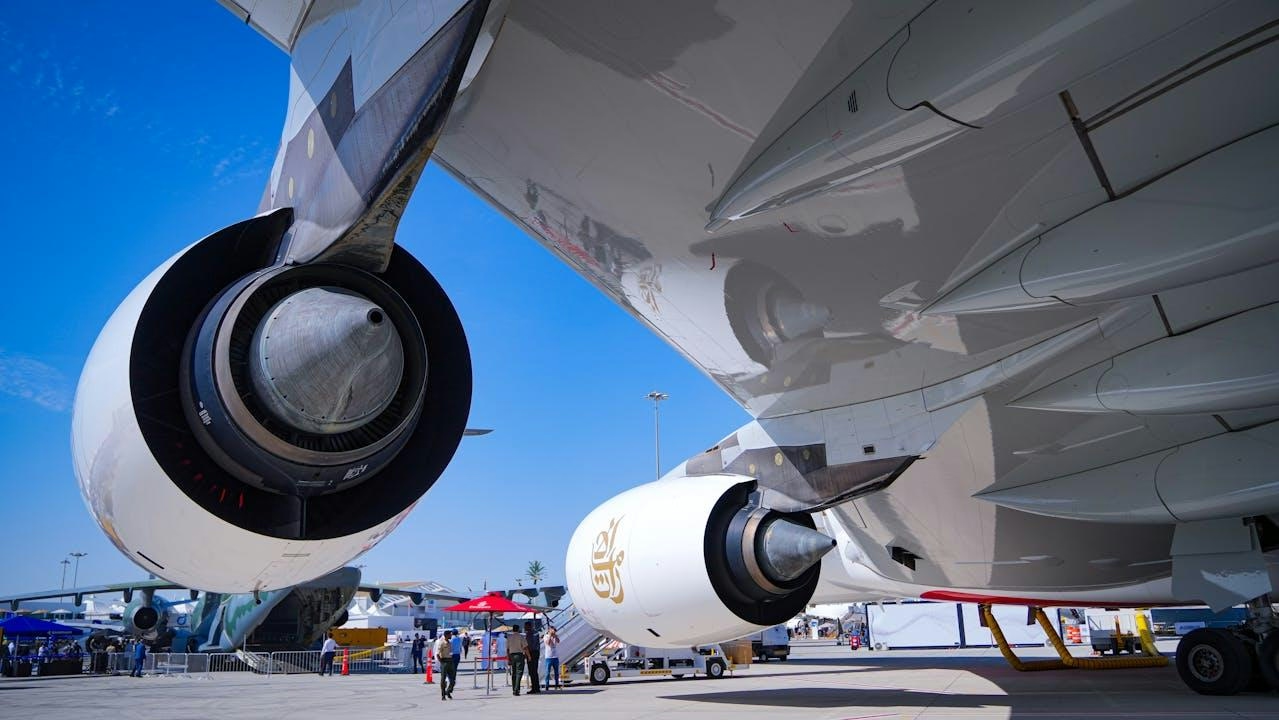
GE Tops Engine Orders at Dubai Airshow 2025
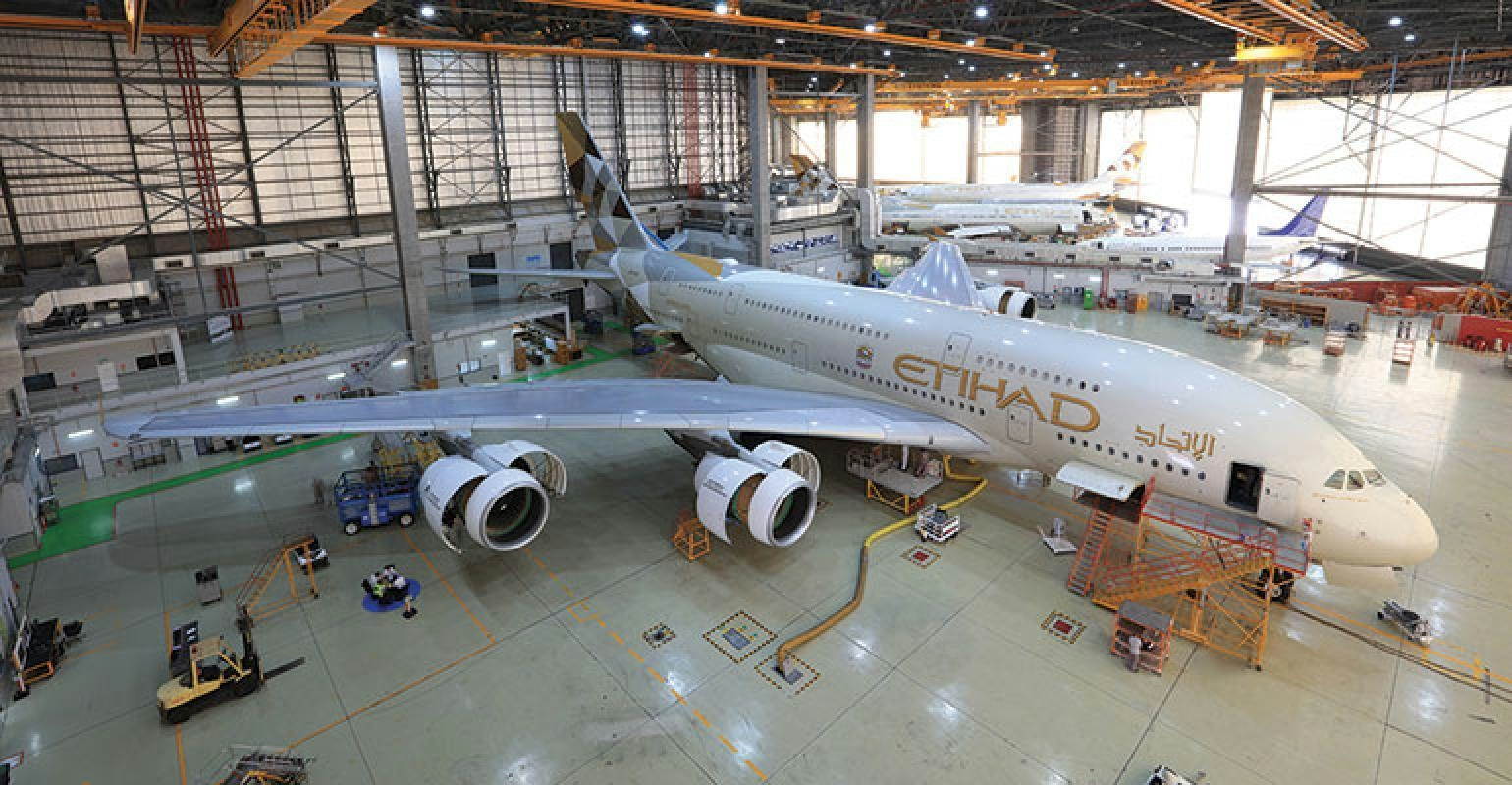
Etihad Airways’ Airbus Widebody Expansion Supports UK Manufacturing
